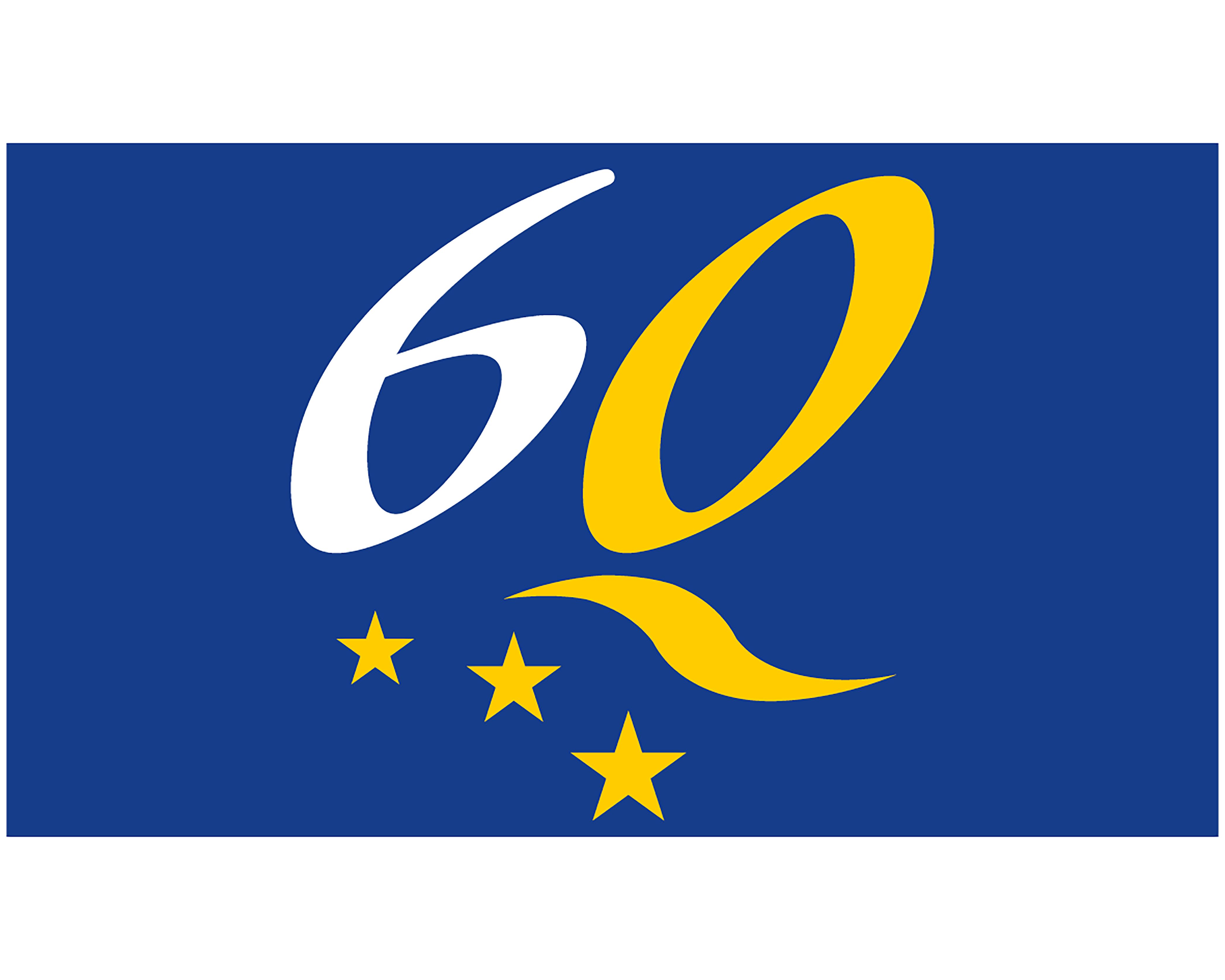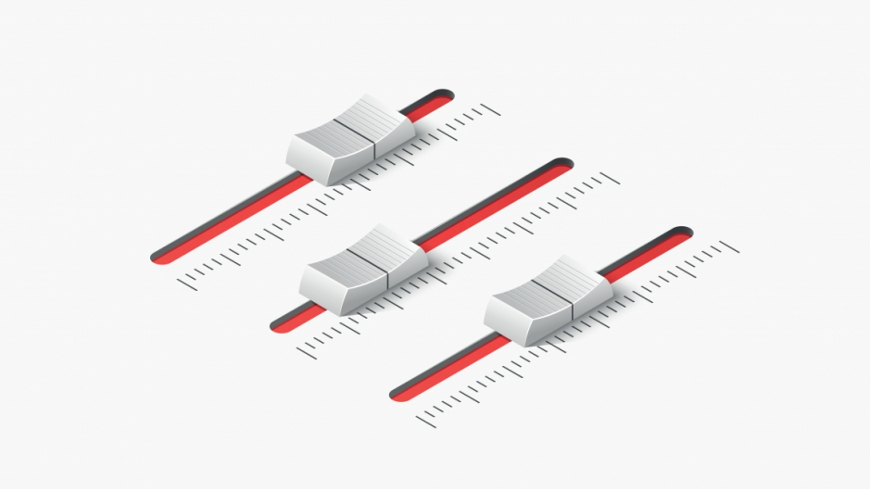At its 171st session in November 2021, the European Pharmacopoeia (Ph. Eur.) Commission adopted a new version of one of its widely used general chapters, Chromatographic separation techniques (2.2.46). The text has been revised to take account of the pharmacopoeial harmonisation text, signed-off on 28 September 2021 by the Pharmacopoeial Discussion Group (PDG), comprising the Japanese Pharmacopoeia, the United States Pharmacopeia (USP) and the Ph. Eur. The revised chapter will be published in the 11th Edition of the Ph. Eur., available in July 2022 (implementation date: 1 January 2023).
The harmonised requirements included in the chapter promote the development of individual monographs with a consistent approach. The basic requirements for users in all three PDG regions are also clarified.
The main changes made for harmonisation purposes are:
- the signal-to-noise ratio is based on a baseline of 20 times the peak width at half-height but if this is not obtainable, a baseline of at least 5 times the width at half-height is permitted;
- the default symmetry factor range is extended to 0.8-1.8 instead of the current 0.8-1.5;
- the text now states that retention times and relative retentions are not requirements but are given for information in the monographs;
- the requirement for system repeatability in the assay now applies to both active substances and excipients with a target value of 100 per cent for a pure substance;
- with regard to adjustments of chromatographic conditions, it is stressed that adjustments are made only on the basis of the pharmacopoeial procedure. The fact that compliance with the system suitability test is always required (but no longer the only trigger for adjustments), that additional verification tests may be required when adjustments are made to a pharmacopoeial procedure and that multiple adjustments would trigger the need for a risk assessment is also clearly stated;
- for liquid chromatography with isocratic elution, the harmonised conditions for adjustment of the stationary phase are stricter than in the current chapter; adjustments of column dimensions are now based on the ratio L/dp, as was already the case in USP chapter <621>, but with stricter requirements; harmonised conditions are also described for the adjustment of mobile phase composition, flow rate and injection volume;
- similar requirements and tolerances as for isocratic elution have been agreed for gradient elution in liquid chromatography;
- in gas chromatography, the conditions for adjustment of the column dimensions, injection volume, split ratio, injection port and transfer-line temperatures (the latter two being new for Ph. Eur.) have been harmonised;
- the adjustments for supercritical fluid chromatography have been deleted as this technique is not used in any Ph. Eur. monographs.
Local requirements, i.e. specific to an individual pharmacopoeia, will be placed between white diamonds (◊◊). For the Ph. Eur. chapter, these requirements include synonyms for retardation factors and guidance for determining the signal-to-noise ratio (e.g. solution to be used). Lastly, the term “relative retention time”, or “RRT”, will not be used in the Ph. Eur.
See also:
- European Pharmacopoeia 10th Edition
- European Pharmacopoeia Commission
- European Pharmacopoeia work programme




